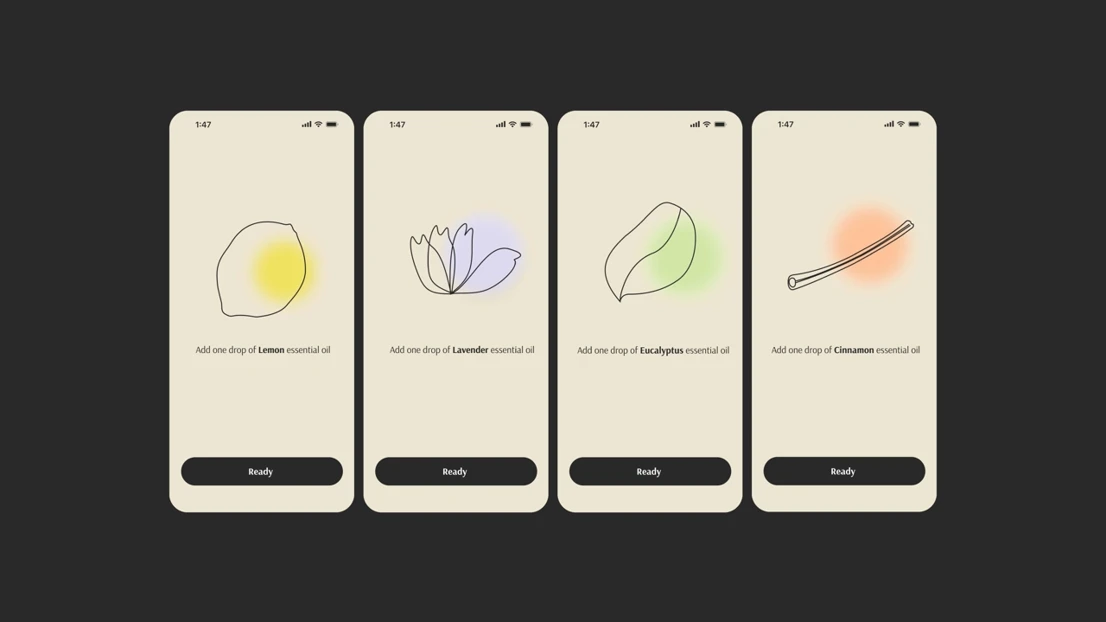Olfactory Oasis application three main goals, it is designed to be a place to let you be present, to recover and to feel safe.
Olfactory oasis
This thesis explores the development of Olfactory Oasis, a digital solution that transforms clinical smell training protocols into engaging daily mindfulness practices for people recovering from post-COVID olfactory challenges. Through extensive research including literature review, expert interviews, and user testing, this project addresses a critical gap in current smell training approaches: the lack of engagement, consistency, and mindfulness in rehabilitation. By applying design principles of being poetic, mindful, organic, and soulful, Olfactory Oasis creates a digital interface that bridges physical and digital interactions, helping users focus on the sensory experience rather than clinical procedures. The result is a wellness practice centered around our often overlooked sense of smell, aiming to improve quality of life for those experiencing smell changes.
UID25 | Rachel Chuman Zhang – Grad project presentation
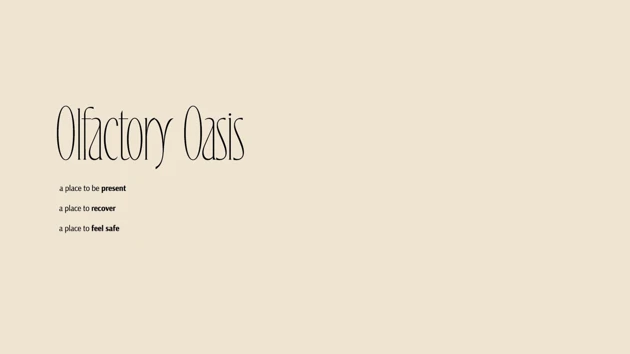
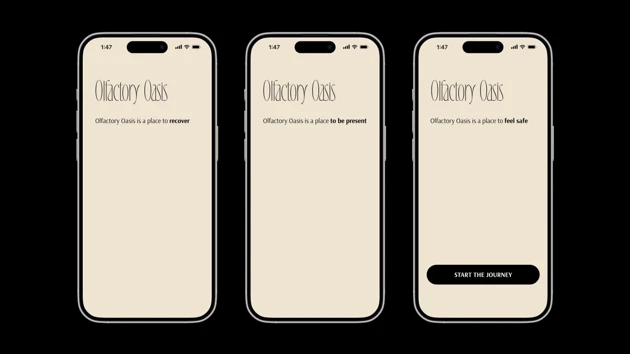
Olfactory Oasis application three main goals presented in three landing screens.
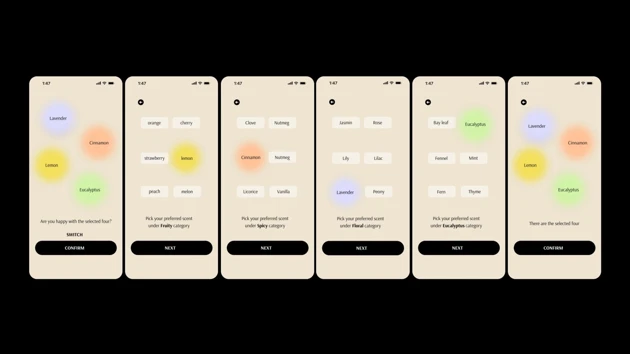
Four scents are selected, they are lavender, lemon, cinnamon and eucalyptus.
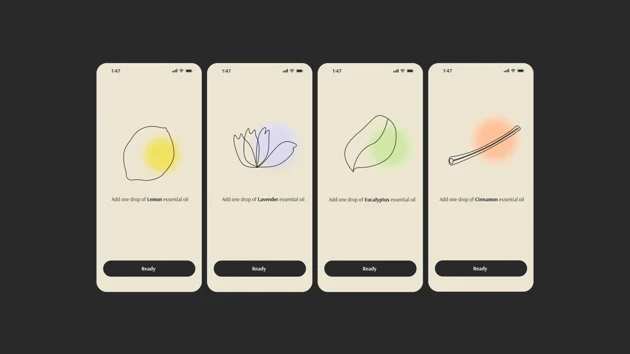
Adding a drop of essential oil screens for lavender, lemon, cinnamon and eucalyptus.
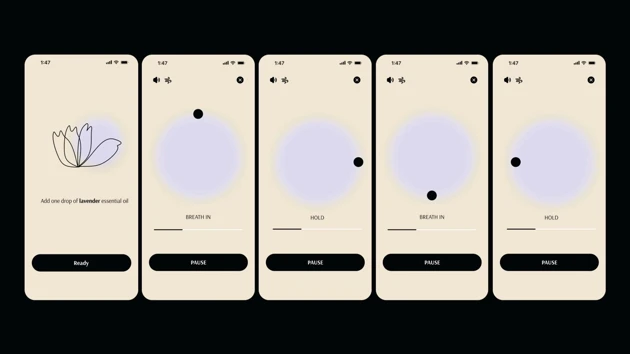
Box breathing pattern for the scent of lavender.

Box breathing pattern instructions to breath four seconds, then hold for four seconds.
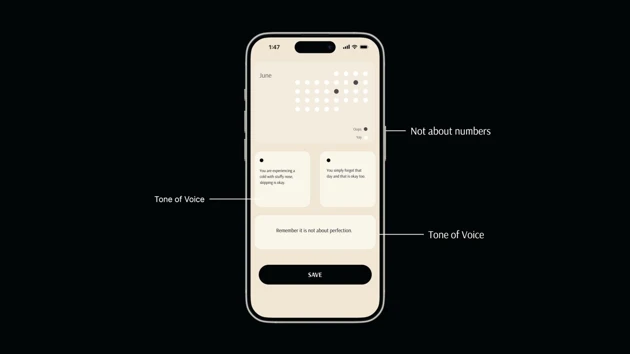
Monthly tracking on how important it is to have an encouraging tone of voice.
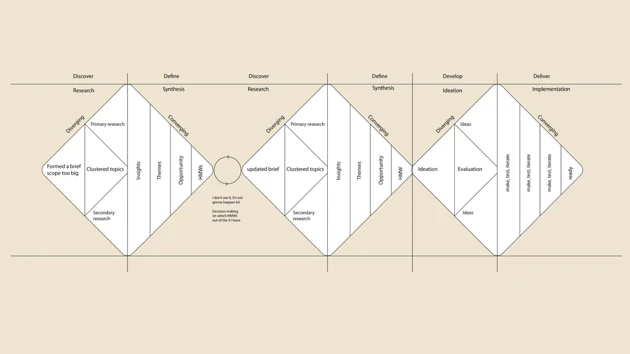
My design process as an overview, a double diamond process with a twist on processes.
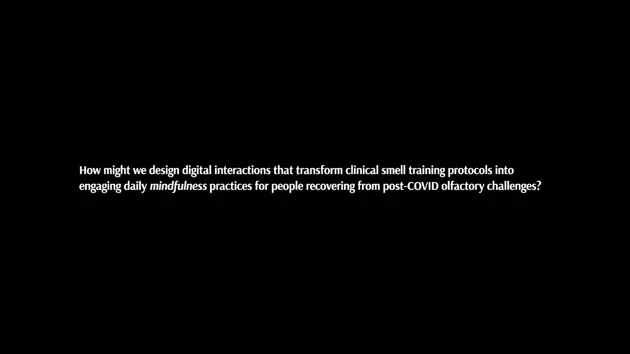
How might we design digital interactions that transform clinical smell training protocols into engaging daily mindfulness practices for people recovering from post-COVID olfactory challenges?
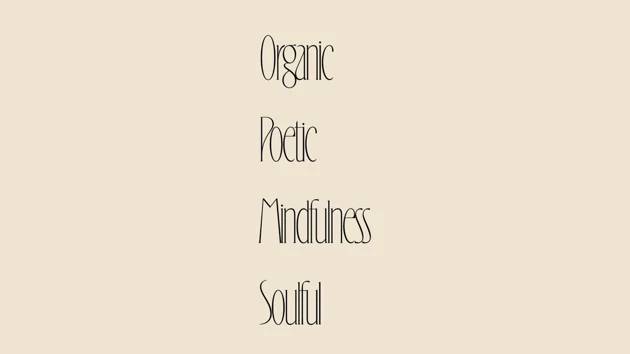
Design principles that drive the whole design decision making process: organic, poetic mindfulness and soulful.






